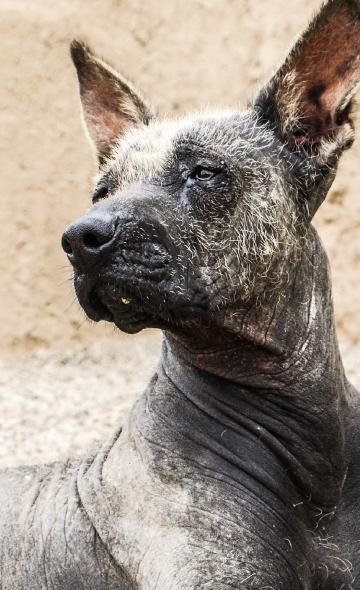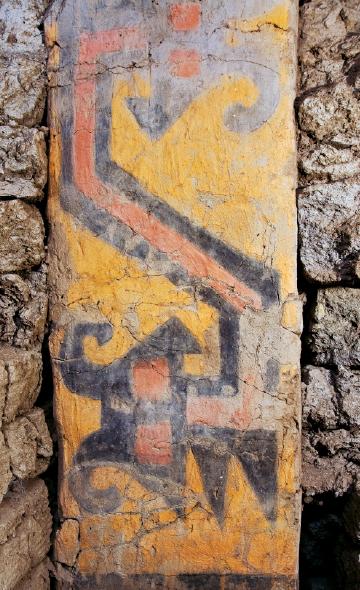- Visitors
- Researchers
- Students
- Community
- Information for the tourist
- Hours and fees
- How to get?
- Visitor Regulations
- Virtual tours
- Classic route
- Mystical route
- Specialized route
- Site museum
- Know the town
- Cultural Spaces
- Cao Museum
- Huaca Cao Viejo
- Huaca Prieta
- Huaca Cortada
- Ceremonial Well
- Walls
- Play at home
- Puzzle
- Trivia
- Memorize
- Crosswords
- Alphabet soup
- Crafts
- Pac-Man Moche
- Workshops and Inventory
- Micro-workshops
- Collections inventory
- News
- Students
- The dog and its domestication in pre-Hispanic Peru
News
CategoriesSelect the category you want to see:
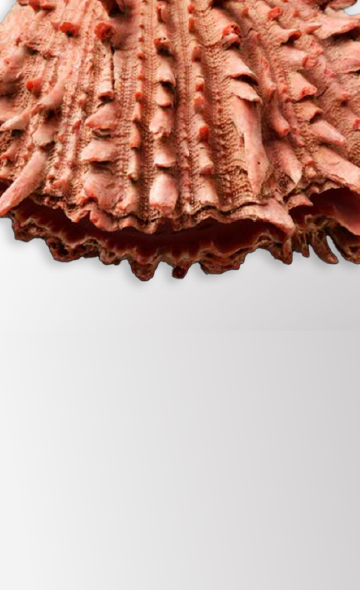
The Use of Spondylus Shells in Moche Ceremonial Contexts: Why Were They Symbols of Status and Wealth? ...
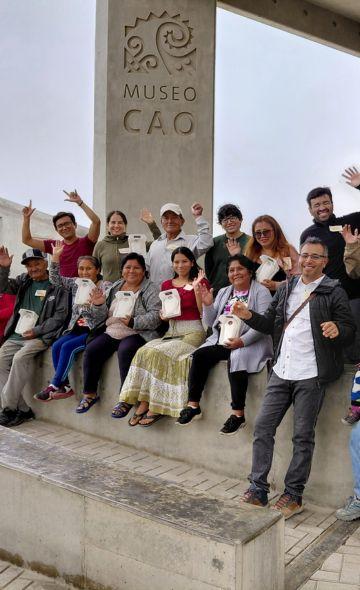
El Brujo Celebrated International Museum Day with Its Community: A Day of Encounter and Cultural Co-Creation ...
To receive new news.
Por: Complejo Arqueológico El Brujo
The antiquity of the dog
The domestication of dogs (Canis lupus familiaris) began approximately 30,000 years ago, and their arrival in the American continent was about 15,000 years ago. In the cave of Telarmachay (6000-5000 BC), remains and bones of dogs were found (Lavallée, 1996). Thanks to these findings, we can infer a close relationship between humans and these animals.
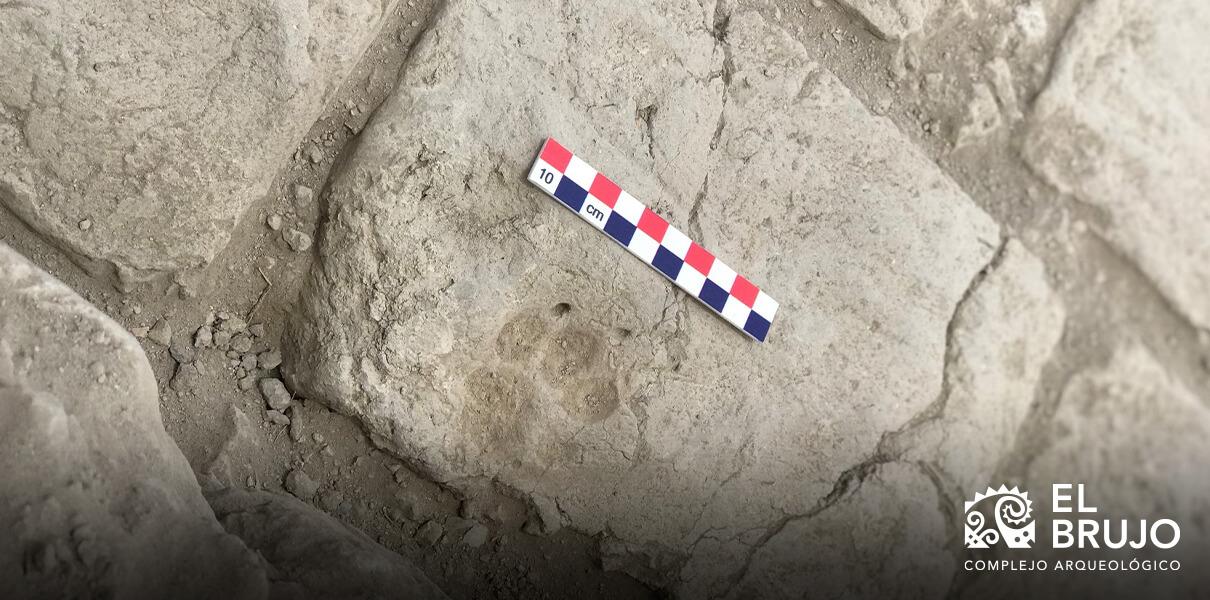
Detail of a little dog paw print in Moche adobe, Huaca Cao Viejo.
What dog breeds and varieties inhabited pre-Hispanic Peru?
According to research, it is presumed that in ancient Peru there were 2 breeds of dog and at least 2 varieties of them: The Peruvian hairless dog (with its variety with hair), and the Chiribaya shepherd, a breed with a short snout and another one with a long snout.
Currently, the Peruvian hairless dog (PPSP) is the only breed considered to be a heritage of Peru by the International Cynological Federation (ICF). Despite this, in the evidences of pre-Hispanic art, one can find representations of the different varieties.
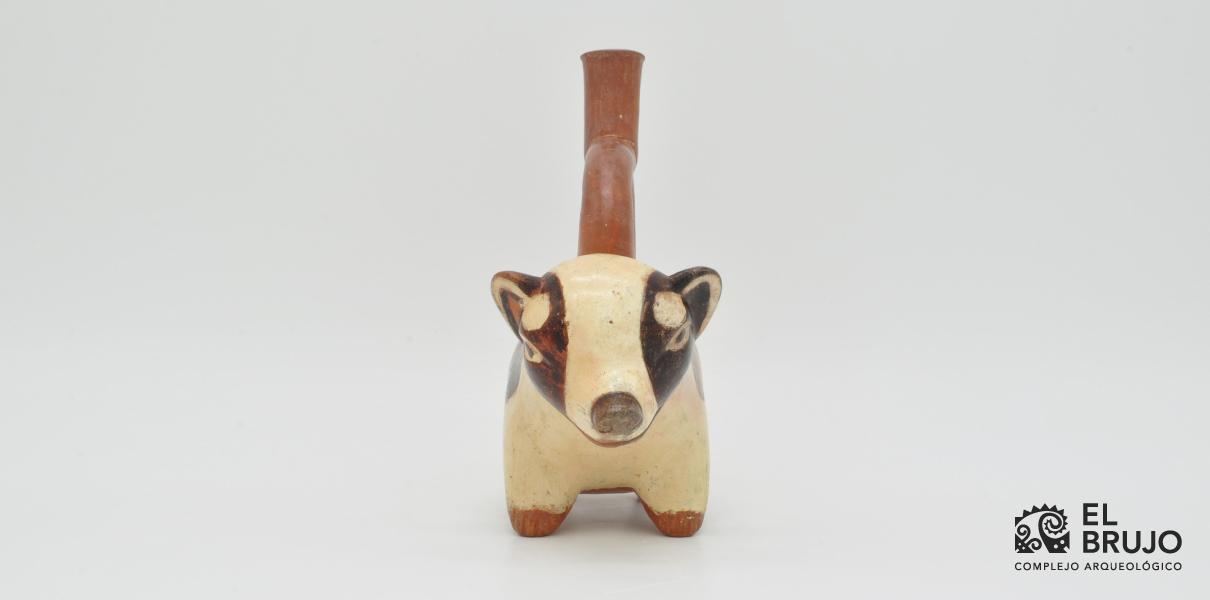
Representation of a dog in a pre-Hispanic culture
Representation of the little spotted native dog
We have identified within the Mochica period (100-800 AD) the presence of a medium-sized dog with white/cream fur and dark spots. It is presumed that the presence of this breed corresponds to a companion role, given that it is present in representations of events of transit to death or in hunting scenes.
Regarding the Peruvian hairless dog, it is on the North Coast, during the Lambayeque and Chimú era (900-1375 AD), where greater attention is paid to this breed because they are represented in the vessels with traits that are easily identifiable, and in scenes nursing their young, and in a sitting position.
If you wish to learn more about dogs in pre-Hispanic Peru, you can read the following research note.
Students , outstanding news


